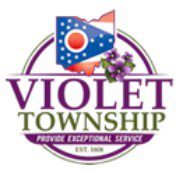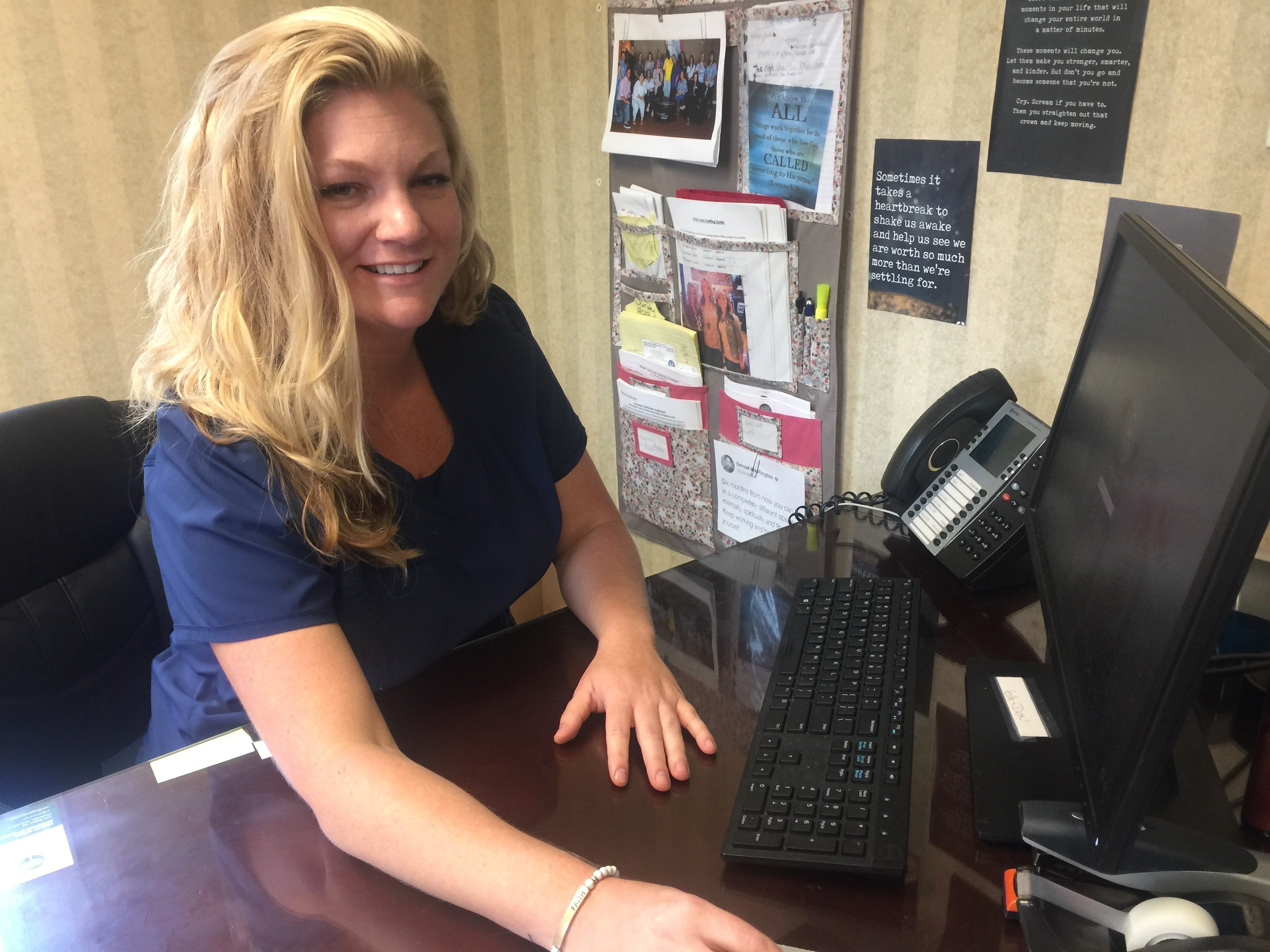
Chillicothe Community Partners Create Eastside Clinic
December 11, 2020Ross County Highlighted at Rural Health Conference
December 11, 2020by Dorothea Howe and Kristina Auger
An elderly woman leaves the hospital but is confused when trying to determine which medications she took in the hospital and what prescriptions she’s supposed get filled now that she’s home.
The superintendent of an apartment complex sees a couple who can’t seem to walk outside and have difficulty navigating in their apartment.
An ER doctor realizes a mom is struggling to handle frequent asthma attacks for her child and keeps coming to the hospital for care because she doesn’t have a primary care physician.
Community paramedics can bridge the healthcare gap that occurs when a patient leaves the hospital or when people need extra care to prevent them from going to the Emergency Room, and usually this population are those who are already underserved by the healthcare system.
What’s going on?
J.D. Postage, Community Paramedic at Violet Township Fire Department on the East side of Columbus, explains that paramedicine is really about coordinating care for the patient.
“We try to assess what’s going on. We can provide needed services including clinical, environmental, safety, social, management and referrals,” Postage says. “Paramedicine is really about the continuity of care of the patient, making sure they have what they need.”
Calls come in from hospitals, doctors, other healthcare professionals, home health, people on the streets, fire departments, apartment complex managers, churches – anywhere in the community. Paramedics not only provide health care, they address those social determinants of health that affect a patient’s overall health, by getting in touch with the right community resources to provide food, shelter, transportation, and other services.
Going beyond basic healthcare
Paramedics schedule appointments with patients, do an overall health screening, take vitals, process lab results, do a medication review, contact doctors and determine if a patient needs state-run programs or insurance, he explains.
For the patients having difficulty walking, paramedics can do a home safety assessment to see if they need grab bars, nonslip bath mats, a shower chair. If patients are frequently falling, the paramedic will determine why. If there is confusion about medications, the paramedic can call the pharmacist to verify.If a hospice or home health situation arises that needs an extra touch, the paramedic can be at the home to intervene and coordinate care with the nurse. “I can be there in 20 minutes. If I get the doctor’s orders, we’ll start the treatment,” he says.
Using electronic medical records
Violet Township Fire Department joined the CliniSync Health Information Exchange in 2017. Managed by the Ohio Health Information Partnership, the network has 155 hospitals and thousands of physicians communicating with one another through the electronic transmission of patient medical records.
Postage has access to the Community Health Record, a longitudinal record that compiles encounters from any hospital or facility that contributes patient information within the CliniSync community. He can look up a patient’s name and view information on demographics, encounters, medications, diagnoses, and more. More than 15 million patients now exist in a patient index within CliniSync. Postage advises patients he will be looking at their records and that Violet Township is part of the CliniSync Health Information Exchange.
He looks up information to assist him in his assessment and to remind doctors and others what patients need. “Say Mrs. Smith got discharged, and it looks like she was supposed to have these certain meds but nothing has been called into the pharmacy. I can notify the doctor or pharmacist to remind them,” he says.” Hospitals discharge so many patients in a day that someone may have thought they sent an electronic pharmacy order but didn’t, he explains.
The Violet Township Fire Department is also part of what’s known as a Medical Neighborhood. In Central Ohio, the Healthcare Collaborative of Greater Columbus is working with CliniSync to facilitate referrals among healthcare providers and community service agencies and organizations in the region. This allows a network of community advocates to refer to one another when patients are in need. The idea is to wrap all services around the patient.
“Paramedicine provides a way to coordinate the care of a patient so they don’t end up back in the hospital or the Emergency Room,” Postage says.
The Violet Township Fire Department serves Pickerington and parts of Reynoldsburg and Canal Winchester.
Dorothea Howe is the Communications Director for CliniSync. Kristina Auger, an intern in Health Information Technology at Columbus State Community College, researched this article.



